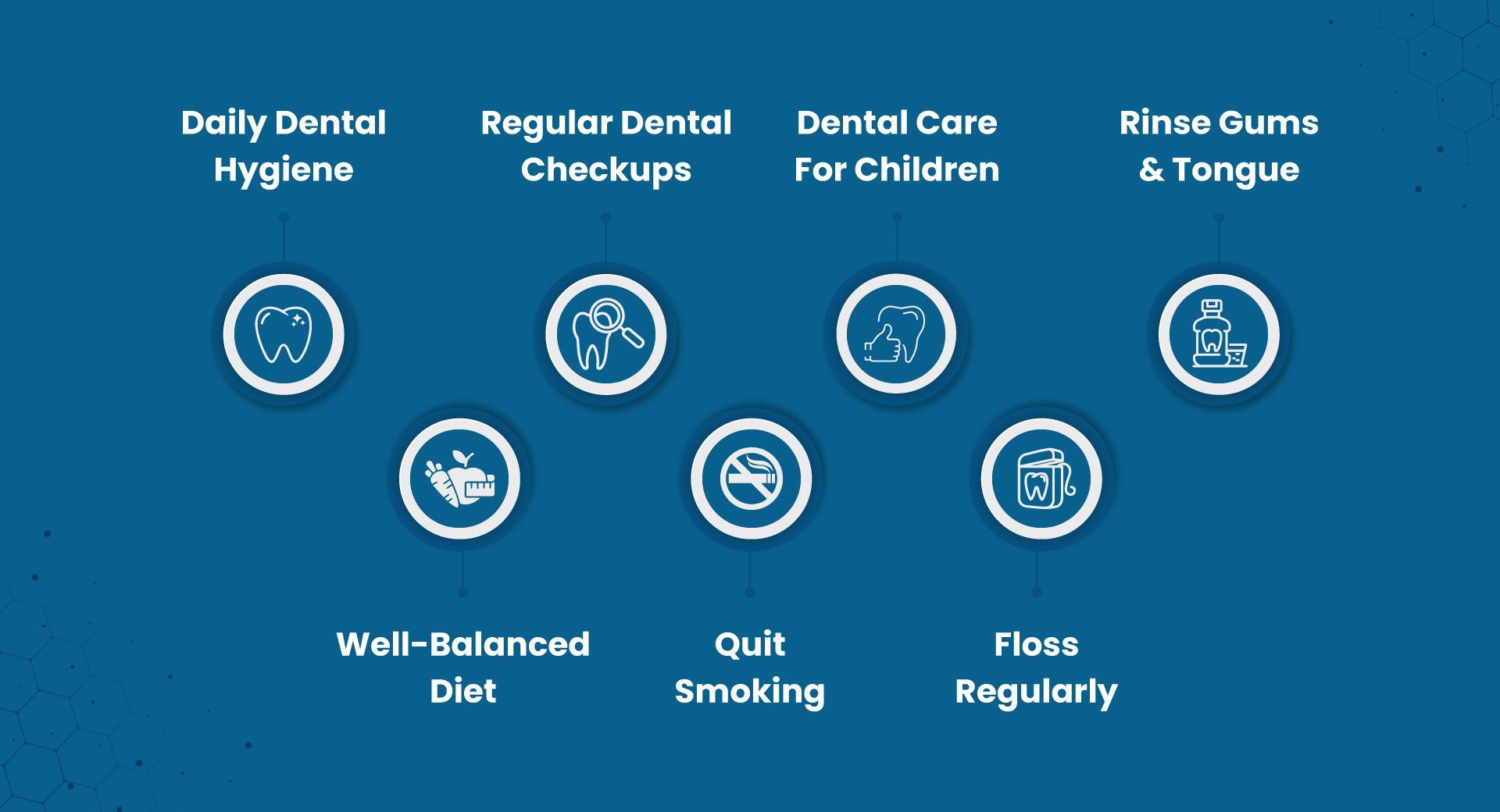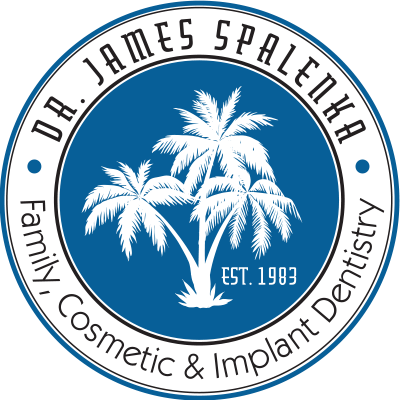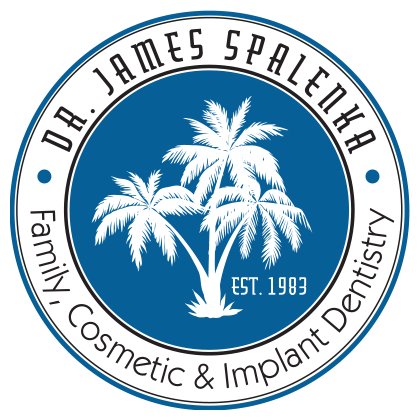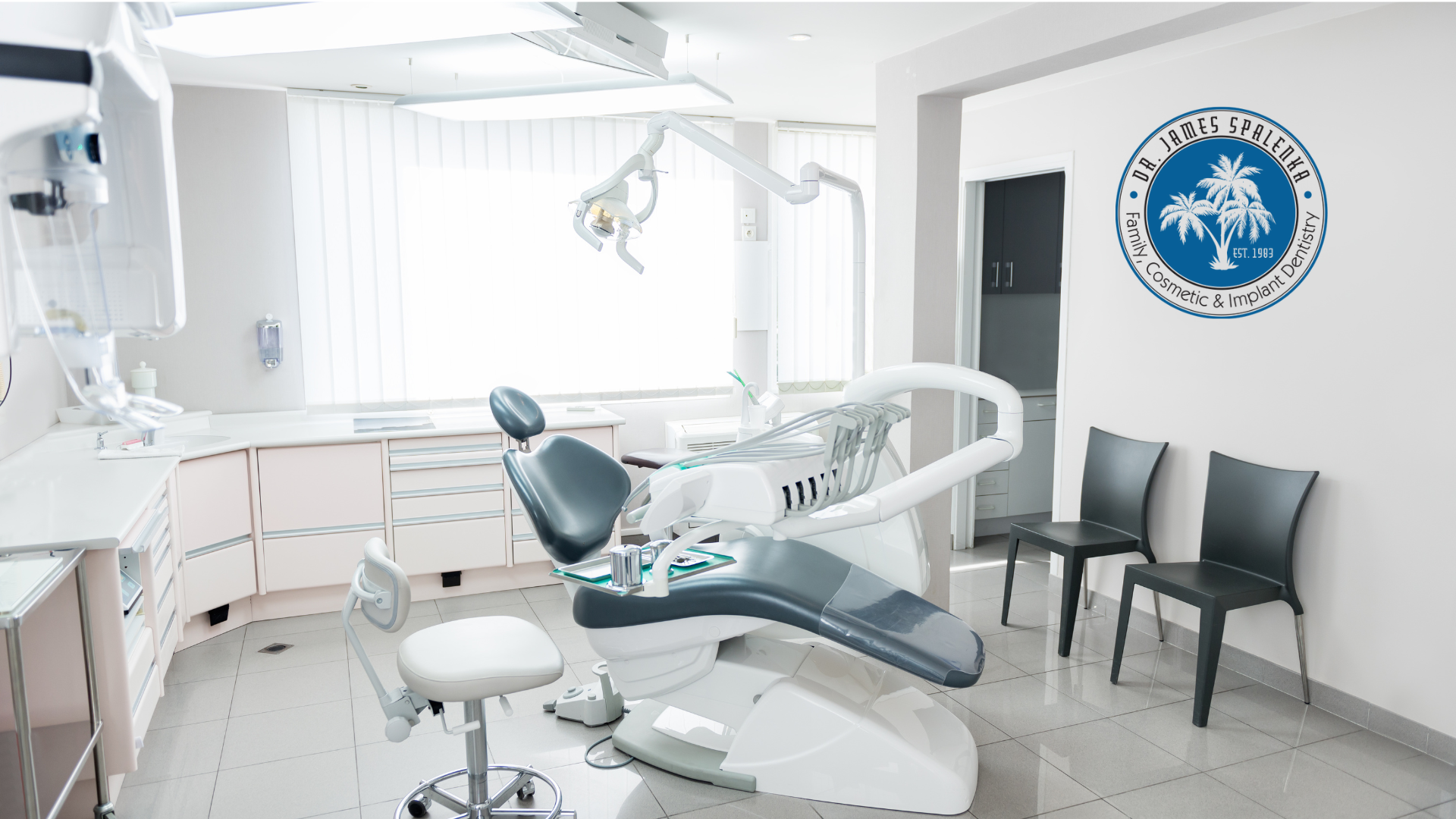What Is The Main Objective Of Dental Restoration?
October 17, 2022
The main objective of
dental restoration
is to improve and maintain the oral condition for optimal health and normal function of the teeth, gums, and jaw. The normal function supports facial structures, keeping a youthful appearance and a confident smile.
Repairing or replacing decayed, infected, broken, or missing teeth is essential to your overall health. Science and research have identified links between the poor oral condition and systemic diseases. Particularly diabetes and heart disease. While more research is needed, we know bacteria entering the bloodstream affect heart valves, particularly artificial ones. Tooth loss patterns have been connected to coronary artery disease as well. People with diabetes benefit from advanced periodontal treatment.
The dental practice of Dr. James Spalenka in San Diego provides expertise and experience in full mouth restoration using advanced technology and comfortable procedures. You won’t be disappointed. Dr. Spalenks’s skills will exceed your expectations for superior results and a beautiful smile. Read on to understand how Dr. Spalenka makes it happen!
Book a consultation and clinical examination to determine treatment needs and personal dental goals.
During examinations, extensive imaging with state-of-the-art equipment clearly shows problems not visible to the naked eye, allowing for early diagnosis and treatment. Early treatment often resolves issues with less intrusive procedures saving you time and money.
Your dentist will continue the examination, completing several screenings:
● Cancer screening by checking the neck, tongue, gums, and throat for symptoms. ● Poor bite screening for TMJ, Bruxism, and issues associated with malocclusion. ● Screening for obstructive airway disorders. ● Screening for gum disease.
You and your Dentist formulate a customized plan that meets your health needs and personal dental goals, including: ● Preventive Dentistry: An appointment schedule that meets your individual health needs. ● Restorative Procedures: Procedures are prioritized according to need and scheduled for your convenience. ● Cosmetic Dentistry: Your choice of services that meet your dental goals and achieve the smile you desire.
Discussing any treatment details beforehand helps to be prepared physically and emotionally. There are options available to help with any anxieties or fears of treatment. No one should suffer in silence. The dental team can help by explaining how treatment proceeds with the most modern advanced technology and equipment, allowing for precise and gentle care while treating patients of all ages.
A dental team is trained to provide advice and guidance throughout treatment.
Following treatment, there may be recommendations to manage discomfort and healing. The team will provide insights about what you can expect and specific follow-up instructions.
Follow-up may include a phone call or a return visit, depending on the response to treatment.
Repairing or replacing decayed, infected, broken, or missing teeth is essential to your overall health. Science and research have identified links between the poor oral condition and systemic diseases. Particularly diabetes and heart disease. While more research is needed, we know bacteria entering the bloodstream affect heart valves, particularly artificial ones. Tooth loss patterns have been connected to coronary artery disease as well. People with diabetes benefit from advanced periodontal treatment.
The dental practice of Dr. James Spalenka in San Diego provides expertise and experience in full mouth restoration using advanced technology and comfortable procedures. You won’t be disappointed. Dr. Spalenks’s skills will exceed your expectations for superior results and a beautiful smile. Read on to understand how Dr. Spalenka makes it happen!
4-Step Plan For Full Mouth Dental Restoration
1. Consultation and Clinical Examination
Book a consultation and clinical examination to determine treatment needs and personal dental goals.
During examinations, extensive imaging with state-of-the-art equipment clearly shows problems not visible to the naked eye, allowing for early diagnosis and treatment. Early treatment often resolves issues with less intrusive procedures saving you time and money.
Your dentist will continue the examination, completing several screenings:
● Cancer screening by checking the neck, tongue, gums, and throat for symptoms. ● Poor bite screening for TMJ, Bruxism, and issues associated with malocclusion. ● Screening for obstructive airway disorders. ● Screening for gum disease.
2. Your Personalized Dental Treatment Plan
You and your Dentist formulate a customized plan that meets your health needs and personal dental goals, including: ● Preventive Dentistry: An appointment schedule that meets your individual health needs. ● Restorative Procedures: Procedures are prioritized according to need and scheduled for your convenience. ● Cosmetic Dentistry: Your choice of services that meet your dental goals and achieve the smile you desire.
3. Proceed With Treatment
Discussing any treatment details beforehand helps to be prepared physically and emotionally. There are options available to help with any anxieties or fears of treatment. No one should suffer in silence. The dental team can help by explaining how treatment proceeds with the most modern advanced technology and equipment, allowing for precise and gentle care while treating patients of all ages.
A dental team is trained to provide advice and guidance throughout treatment.
4. Post-Treatment Care
Following treatment, there may be recommendations to manage discomfort and healing. The team will provide insights about what you can expect and specific follow-up instructions.
Follow-up may include a phone call or a return visit, depending on the response to treatment.
Do You Care For Your Teeth?
● Daily Dental Hygiene
Keeping your teeth and gums healthy is vital to your well-being. Your mouth contains bacteria and germs, some of which are healthy. But too much of certain bacteria will build up on teeth, becoming sticky plaque. Plaque can be removed by brushing teeth regularly.
When plaque is not removed from the tooth surface, it hardens into tartar, a crusty yellow or brown-colored deposit. Tartar cannot be removed by brushing but is safely removed by your hygienist with special tools and lasers. Tartar that is not removed becomes damaging decay. A decay that is not removed eventually becomes an infection of the inner tooth.
The first stage of gum disease (gingivitis) can be cured with timely treatment. Gingivitis is tartar that builds up at the gum line. However, as this infection below the gums develops, pockets of infection form and cause the gums to give way from the tooth.
The next stage of gum disease is called periodontitis. Periodontitis puts the teeth at risk of becoming loose and falling out. Periodontitis can be managed with ongoing treatment but not cured. It will return when left untreated.
● A Well-balanced Diet
Improving dental health is not just about brushing and cleaning your teeth. A well-balanced diet containing these five essential vitamins and minerals supports oral health:
● Calcium
● Vitamin C
● Magnesium
● Vitamin A
● Vitamin D
Vitamin D is important because it boosts mineral density and absorbs and carries calcium to the bones that support your teeth. Dairy products and cereal are fortified with vitamin D, but you get it naturally from the sun.
● Regular Dental Checkups
The average healthy person is recommended to see the dentist every six months. Your dentist may recommend every 3 months when there is a risk from systemic disease, like heart disease or diabetes.
Professional hygienists remove tartar buildup, treat the teeth with fluoride and provide recommendations for home care. Your dentist will detect decay and other serious dental problems with dental imaging and clinical exams.
● Quit Smoking
Smoking can cause severe issues to your teeth and increase the risk and damage of gum disease, adding significant complications to your dental health.

● Dental Care Begins Early For Children
Starting children out with good health habits and dental care begins early in their first year of life. Parents and guardians take on the bulk of responsibility for a healthy diet and good oral care for the first five or six years. Children aged five can brush their own teeth but must still be supervised to ensure proper care. An electric toothbrush may help. Studies show that the earlier a child gets to the dentist, the better the chances they will stick with these routines throughout life. Your dentist will recommend children see the dentist within their first year of life.
● Floss Regularly
Despite the ongoing debate about the effectiveness of flossing, there is no doubt that flossing does no harm. And it makes perfect sense that removing particles from food traps between teeth is helpful to prevent the growth of bacteria.
There will always be those people who argue the benefit of flossing. But those who do floss know it helps keep the hard-to-reach areas clean and free of particles. Flossing teeth keeps your teeth healthy and clean.
● Brushing And Rinsing The Gums And Tongue
To effectively remove bacteria from the mouth, brushing the gums and tongue is helpful. Consult your hygienist for the best methods because it is essential to be gentle. Rinsing following brushing is necessary. There are many products on the market. Speak to your hygienist about the rinse and toothpaste best for you.



